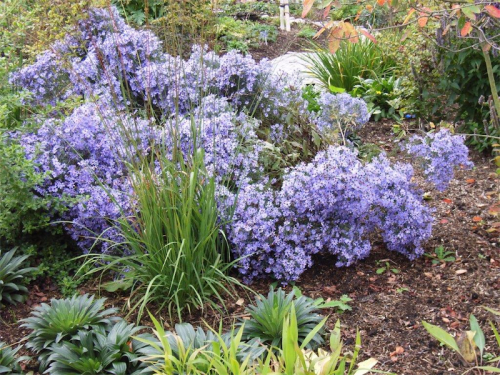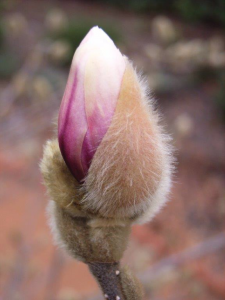It’s that time when you get excited about that new plant covered in flowers at the garden centre and simply must have it.
At home, you wander the garden trying to decide where to plant it. Then is sits in the pot for weeks until you settle on a spot – or it dies.
It’s always best to look at the vacant spaces in the garden and then decide how big a plant will fit there, and even then think of groups rather than individual plants. This will always be more effective in colour, leaf form and shape.
Often plants grow considerably larger than the information on the label. David Young, one time presenter on ABC Saturday morning radio in Canberra, used to say: “Look at the plant size on the label and double it”.
When I am considering plants for clients’ gardens, my approach is based on the Royal Horticultural Society’s plant list of 85,000 plants. The UK-based RHS is a perfect place for garden information, but remember to add six months to compensate for the difference in seasons. The website is at rhs.org.uk
WE have had some wicked frosts of late, which are capable of killing the flowers on fruit trees with the result of no fruit next season. But, please, don’t cut the frost-affected leaves on evergreen shrubs and trees – they are protecting the softer leaves underneath. Wait until all frosts are over.Some deciduous plants are starting to shed their winter coats. I just love this picture of Magnolia stellata or Star Magnolia with the flower buds emerging out of hibernation. In a few weeks the single, pure white, star-like flowers will burst forth.
POLYANTHUS is one of the great winners for a floral display in winter and are not affected by frost. Planted in groups, they can make a colourful display that will last well into early summer.
AVID beekeeper David Purdie fell in love with bees in 2009 when he read about the battle bees face in the environment with widespread disease and the use of pesticides. He now manages more than 70 beehives on city rooftops, community gardens and backyards.
Inevitably, this led to his book “Backyard Bees” (Murdoch Books, rrp $35).
It describes, with coloured illustrations, every step of the way for keeping bees. They take up little space and are great for pollinating plants for greater production, especially fruit trees.
THE Horticultural Society of Canberra has a trip to the Forbes Festival of Flowers planned for the long weekend of October 4-6 that includes visits to town and country gardens in and around Forbes. Open to the public, booking details are at hsoc.org.au
AUTHOR and well-known radio garden broadcaster in Victoria, Penny Woodward, will talk on “Pest Repellent Plants and Other Organic Solutions” at The Horticultural Society of Canberra’s August 18 meeting at the Wesley Church Centre, National Circuit, Forrest from 7.30pm. All welcome with supper provided.
PROF Elizabeth Minchin will discuss “Exploring ancient Roman townhouse gardens, in particular the atrium gardens at Pompeii” at the next Australian National Botanic Gardens lunchtime talk, 12.30pm, on Thursday, August 21.
Jottings…
• Crack the ice on the bird bath before going off to work.
• Check out garden centres for potted crocus and cyclamen for inside colour that can be planted out after flowering.
• Just a few more weeks to wait before pruning roses, especially with these severe frosts.
• Deciduous summer flowering shrubs such as Buddleia can be pruned quite hard now. Remove some of the older wood in the centre.
The post Gardening / A fortnight to spring fever! appeared first on Canberra CityNews.

